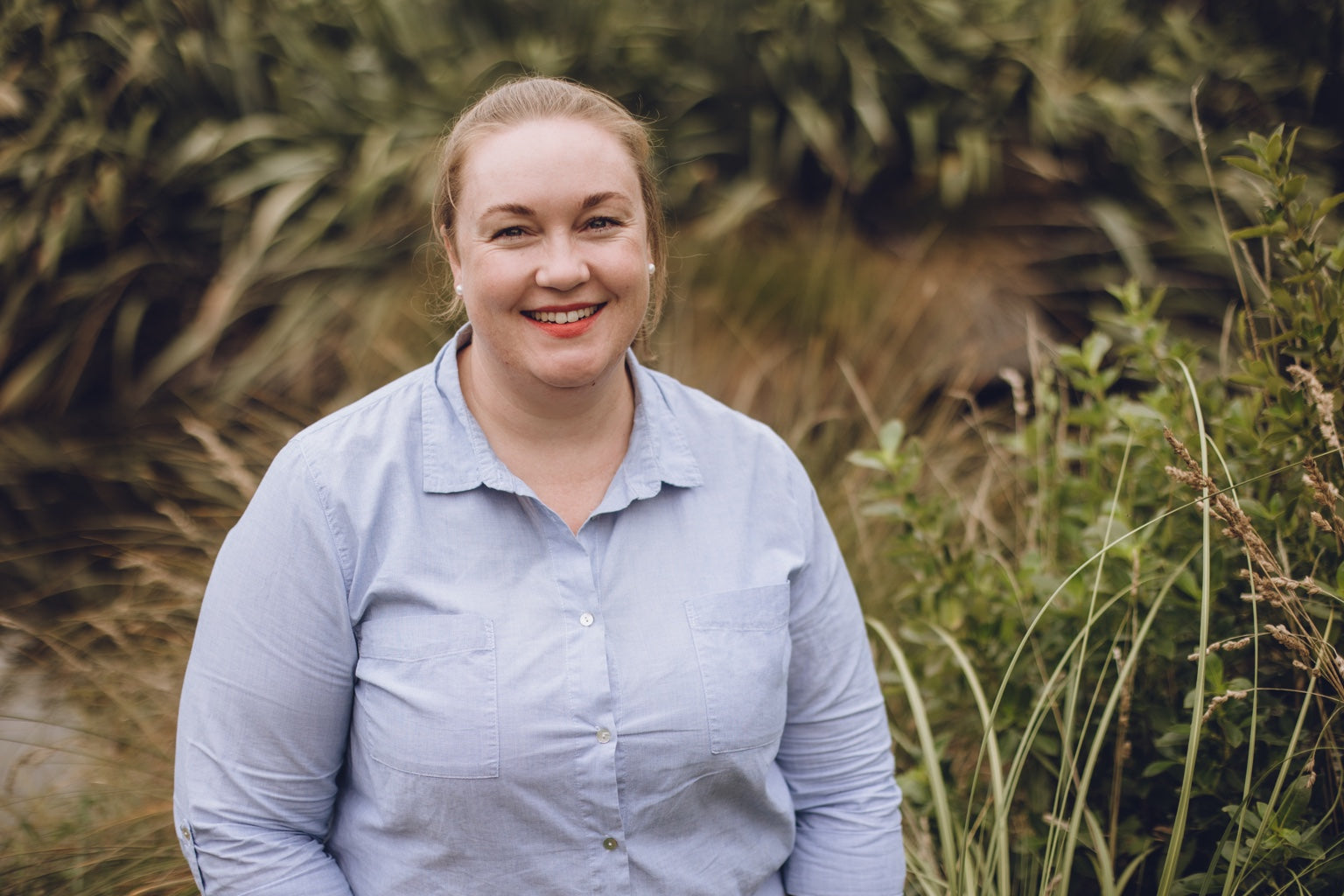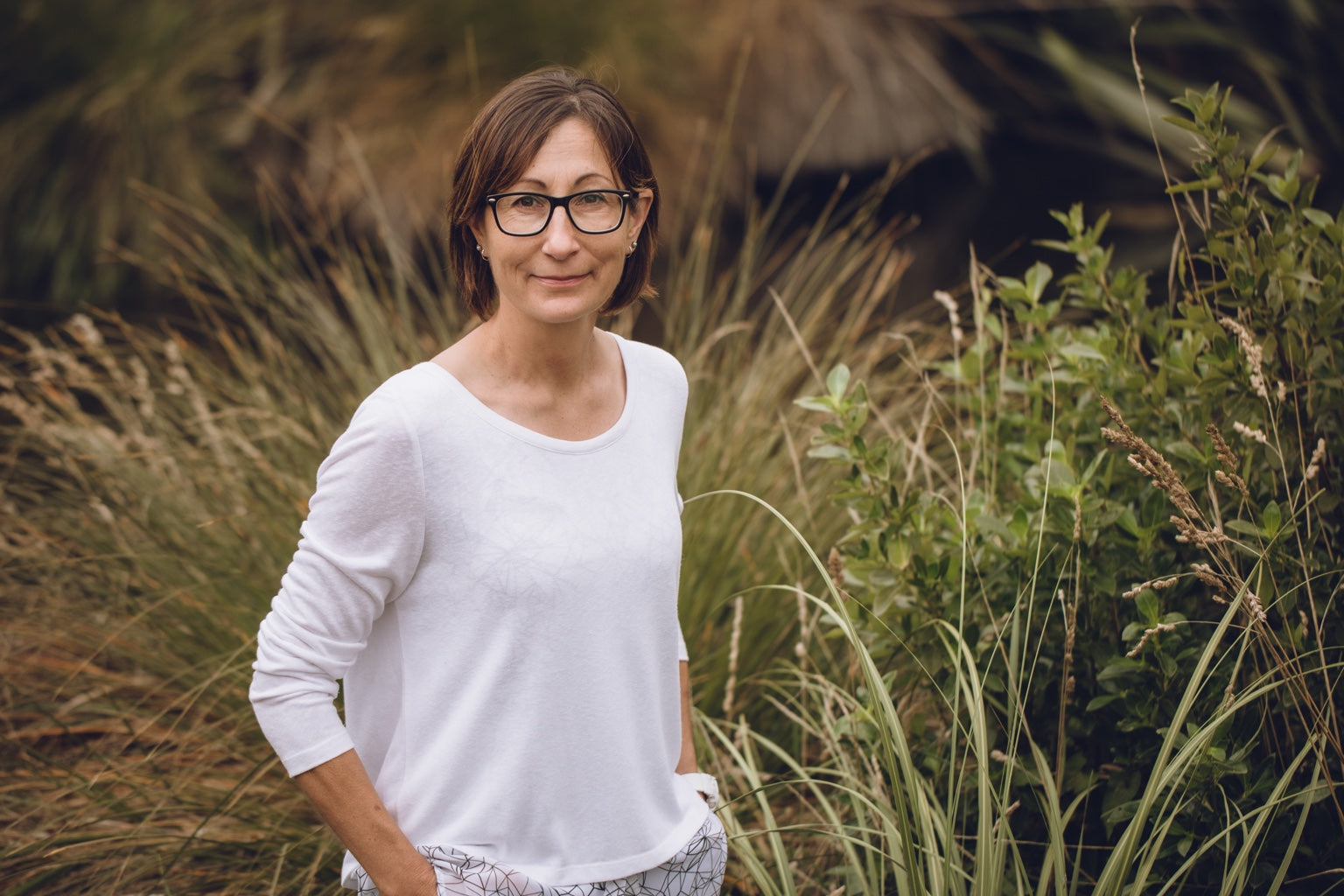Article: Esme Holdsworth – Winemaker at Grove Mill

Esme Holdsworth – Winemaker at Grove Mill
Esmé Holdsworth is our Winemaker at Grove Mill.
Born and raised in beautiful Nelson, Esmé’s passion for wine originally sparked from her love for artisan food after spending her summers at school and University working in restaurant kitchens. After attending Otago University Esmé went on to earn a post graduate diploma in viticulture and oenology from Lincoln University. When a chance came to work at the Marlborough winery, Esmé leapt at it. Ask Esmé what she loves most about winemaking and she’ll say the blend of science and art. She loves that it’s such a team environment in every part of the business – from vineyard to logistics – it is essential to making great wine that people love to drink around the world.


